Dead zones in the ocean, with their low oxygen levels, are inhospitable to most marine life and completely unlivable for humans. Yet, these harsh environments foster unique ecosystems where certain sea creatures not only survive but thrive. Here are 13 fascinating sea animals that have adapted to life in these challenging conditions, showcasing nature’s incredible resilience and adaptability.
1. Zooplankton
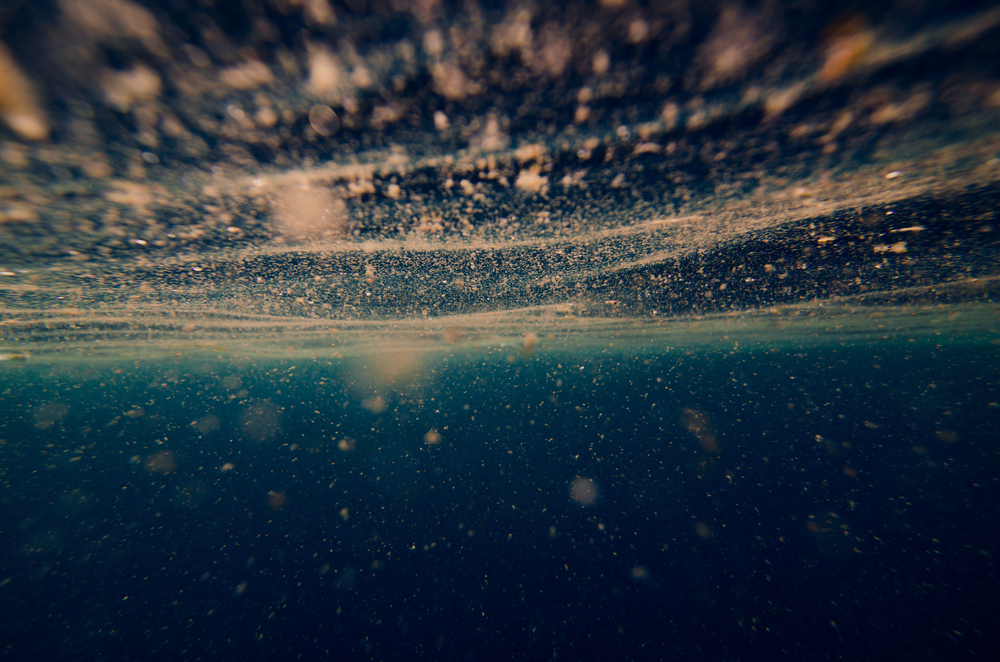
Despite their tiny size, zooplankton are mighty survivors in ocean dead zones. These small, often microscopic creatures have adapted to low-oxygen environments through a variety of physiological mechanisms. For instance, some zooplankton species can slow their metabolism, allowing them to survive in oxygen-depleted waters. Their resilience provides a crucial link in the marine food chain, supporting larger animals that feed on them.
According to a study published in the journal Science Advances, certain zooplankton can even produce enzymes that help them adapt to hypoxic conditions, making them remarkably efficient at surviving where other species cannot. This adaptation not only allows them to thrive but also plays a role in maintaining the ecological balance of dead zones. Their presence is essential for the recycling of nutrients, which in turn supports the growth of new marine life. So, while they may be small, their role in the ecosystem is anything but insignificant.
2. Hagfish
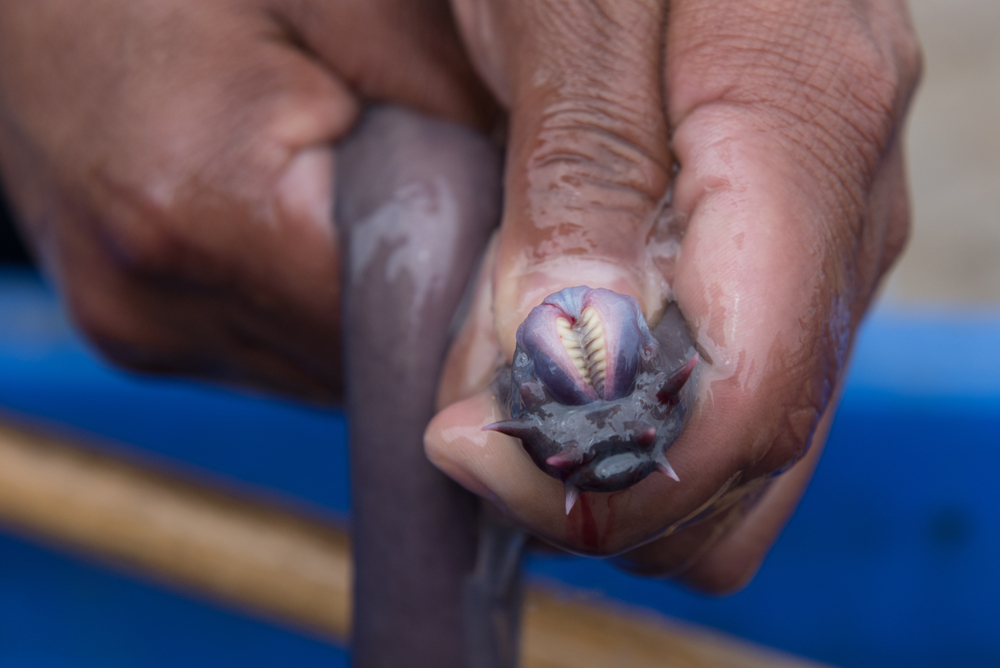
Meet the hagfish, a jawless fish that you might not consider a beauty but certainly is a survivor extraordinaire. Hagfish are renowned for their ability to withstand low-oxygen environments thanks to their unique circulatory system. They can absorb oxygen through their skin, bypassing their limited gill capacity. This trait allows them to maintain activity levels even when oxygen is scarce.
Hagfish are also scavengers, feeding on dead and dying fish, which positions them perfectly in dead zones where other predators might struggle. Their mucus-producing capabilities serve as a defense mechanism, deterring potential threats. This slime-producing ability is so effective that it can fill a bucket in mere minutes, offering a unique approach to survival. For hagfish, life’s a little less stressful in the ocean’s toughest neighborhoods.
3. Bristle Worms
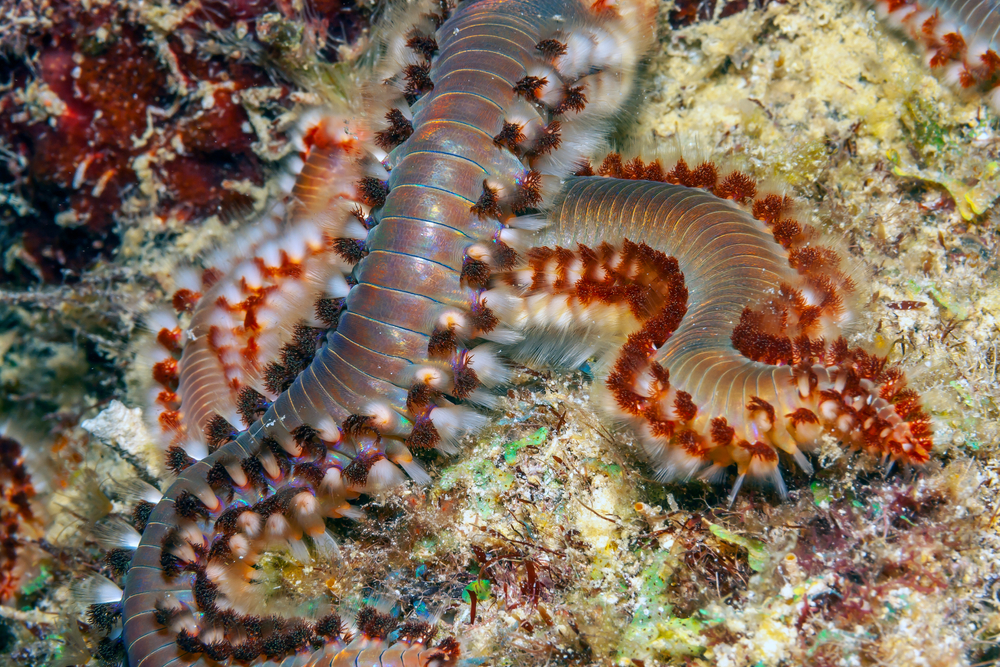
Bristle worms, which might seem unassuming, are fascinating survivors in oxygen-poor waters. These segmented worms have specialized adaptations that allow them to thrive in environments where others would suffocate. They possess hemoglobin with a high affinity for oxygen, enabling them to extract every last bit from their surroundings. These adaptations make them one of the more resilient invertebrates in dead zones.
Research from the journal Marine Biology indicates that bristle worms contribute to the ecosystem by breaking down organic matter. This not only aids in nutrient cycling but also helps in creating a more habitable environment for other species. Their burrowing behavior aerates the sediment, mitigating some of the harsh conditions of dead zones. So, while they might not be the most glamorous sea creatures, they play a critical role in sustaining life in the ocean’s toughest regions.
4. Vampire Squid
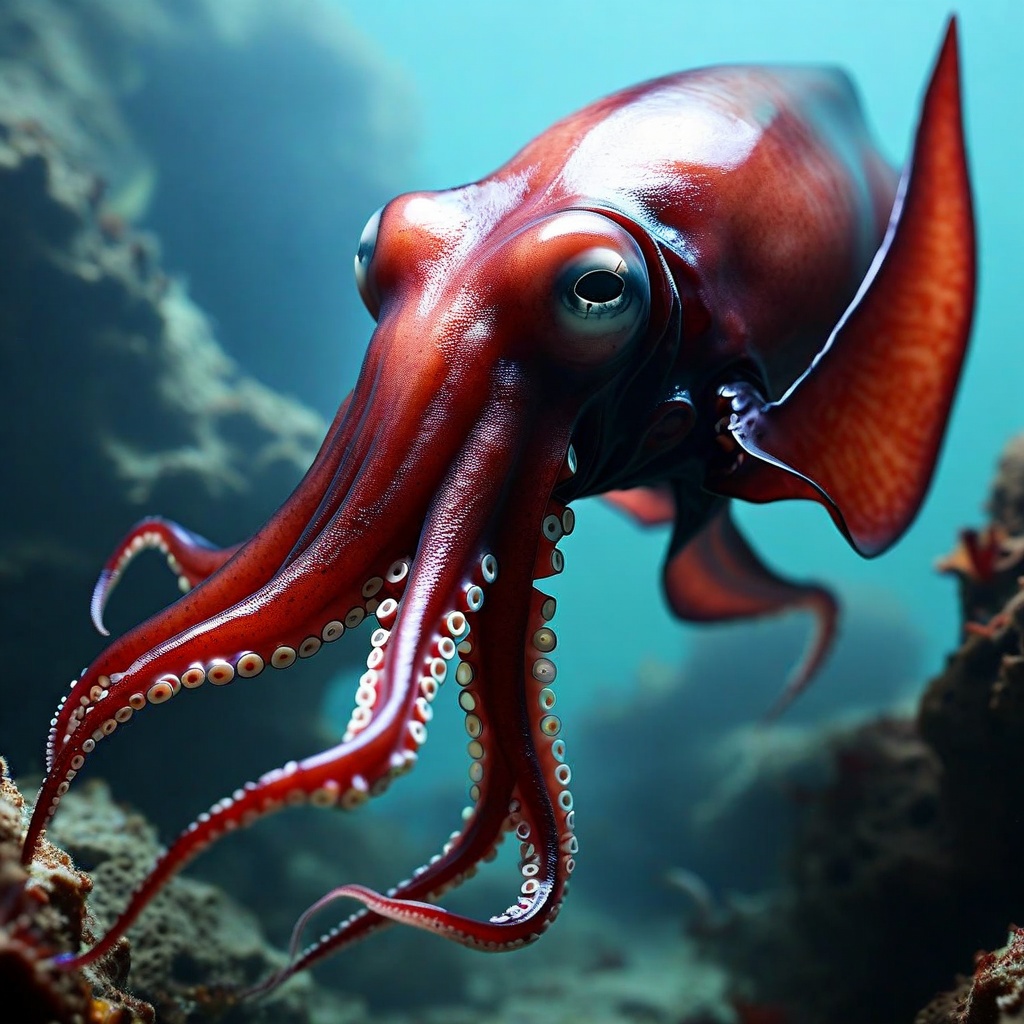
The vampire squid, with its dramatic name and appearance, might seem like a creature from a horror film, but it’s a real-life marvel of adaptation. This deep-sea dweller is a master of surviving in low-oxygen conditions, thanks to its oxygen-binding proteins that operate efficiently even in hypoxic waters. Its gelatinous body also conserves energy, allowing it to thrive where others cannot.
Unlike other cephalopods, the vampire squid doesn’t hunt live prey, opting instead for a diet of “marine snow” — a mixture of dead organisms and detritus. This unique feeding strategy means it doesn’t expend much energy chasing after food, a significant advantage in the sparse environment of a dead zone. Its bioluminescent capabilities further aid its survival, serving as a means of deterring predators. In the depths of the ocean, this squid is truly the ultimate minimalist.
5. Green Sulfur Bacteria
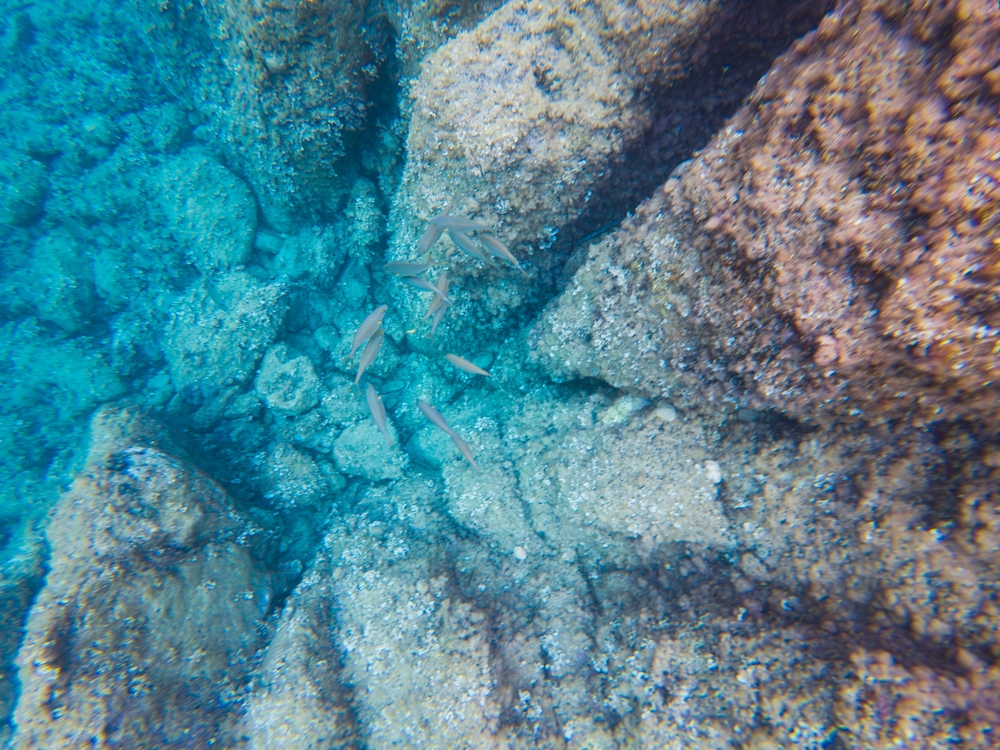
In the shadowy depths of ocean dead zones, green sulfur bacteria perform a remarkable feat of survival. These bacteria are capable of photosynthesis using the faintest traces of light, a process known as anoxygenic photosynthesis. This adaptation allows them to thrive in environments where others might perish due to lack of sunlight and oxygen.
The journal Proceedings of the National Academy of Sciences highlights that green sulfur bacteria contribute to carbon cycling in these regions. By converting carbon dioxide into organic compounds, they play a critical role in supporting the food web of these desolate areas. Their presence supports a unique ecosystem that relies on their photosynthetic capabilities. In the silent battle for survival, these bacteria prove that life can adapt in the most unexpected ways.
6. Tubeworms

Tubeworms, anchored to the ocean floor by their sturdy tubes, are masters of survival in extreme environments. These creatures rely on chemosynthesis, a process where bacteria within their bodies convert chemicals from hydrothermal vents into energy. This remarkable adaptation means tubeworms can thrive without sunlight, a common deficit in dead zones.
Their vibrant red plumes are not just for show; they serve as specialized gills, absorbing hydrogen sulfide and transferring it to their symbiotic bacteria. This relationship provides all the nourishment the tubeworms need, making them one of the most efficient organisms in nutrient-poor regions. Tubeworms are essential players in deep-sea ecosystems, supporting a variety of other marine life. Their presence brings a splash of color and vitality to otherwise barren seascapes.
7. Sea Cucumbers
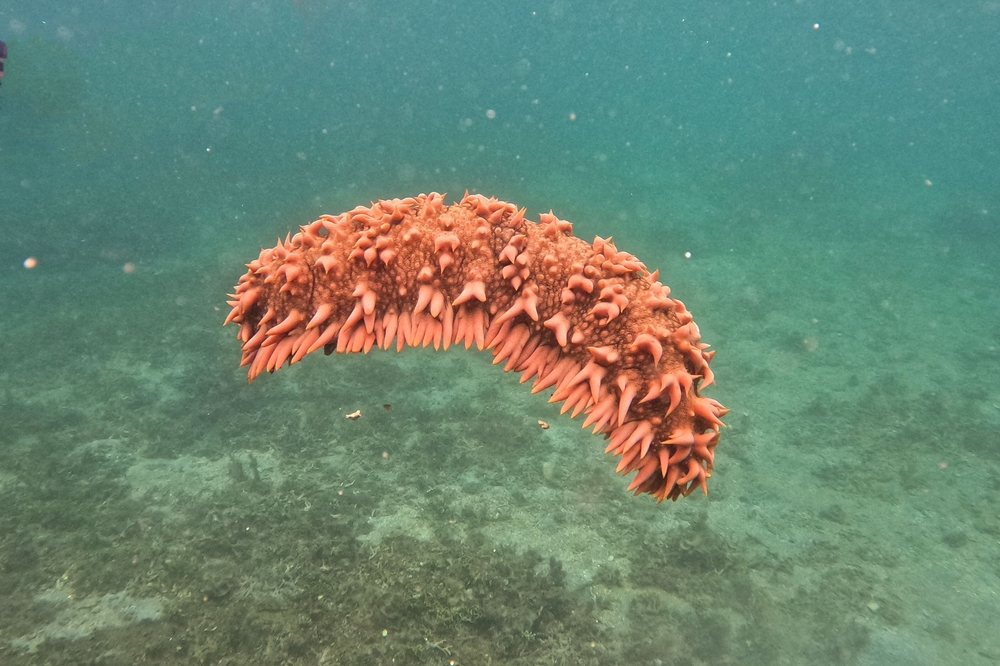
Sea cucumbers might not win any beauty contests, but they are champions of survival in challenging environments. These slow-moving echinoderms are proficient at processing organic matter on the ocean floor, a skill that serves them well in oxygen-depleted waters. They possess a unique respiratory system that allows them to extract oxygen from the water more efficiently, facilitating their survival.
By feeding on detritus, sea cucumbers play a vital role in nutrient recycling, supporting the ecosystem in dead zones. Their presence helps break down organic matter, which is crucial for maintaining the balance of these fragile environments. Sea cucumbers also provide food for other marine species, acting as a vital link in the food chain. In the grand tapestry of marine life, they are the quiet cleaners, ensuring the ocean floor remains a viable home for diverse species.
8. Lanternfish
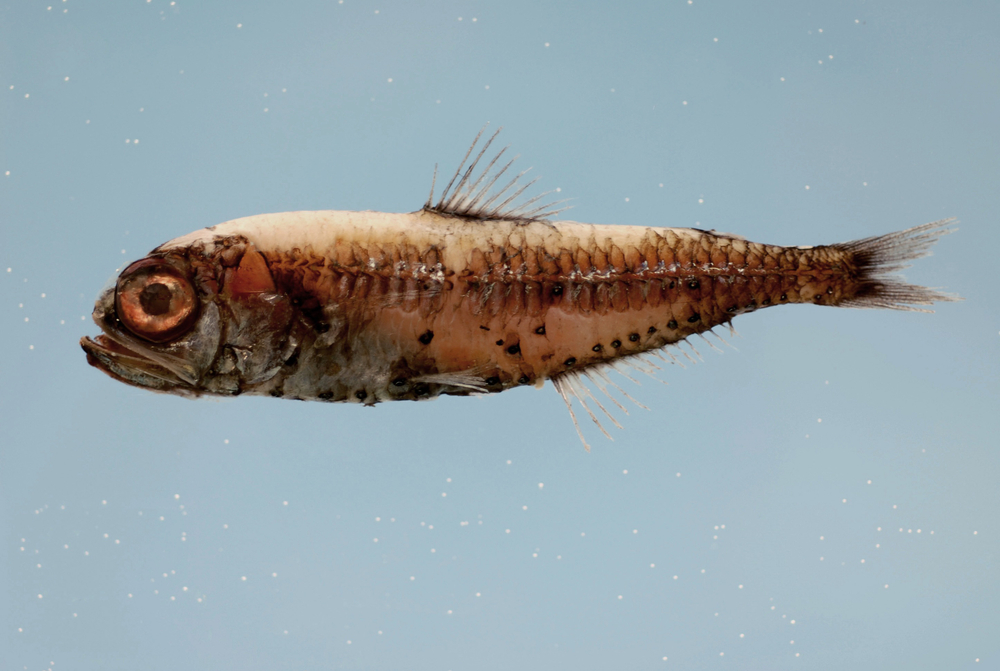
Lanternfish are tiny beacons of light in the dark, oxygen-poor depths of the ocean. These small fish have adapted to thrive in low-oxygen environments by developing efficient respiration systems. Their bodies are equipped with photophores, which produce bioluminescence, helping them communicate and evade predators.
Despite their small size, lanternfish are one of the most abundant and diverse fish species, forming a critical part of the marine food web.
They serve as a primary food source for larger predatory fish, supporting commercial fisheries globally. By migrating vertically through the water column, they transport nutrients from the surface to the depths, playing a crucial role in oceanic nutrient cycling. Lanternfish illuminate the importance of adaptability in the harshest marine environments.
9. Mudskippers
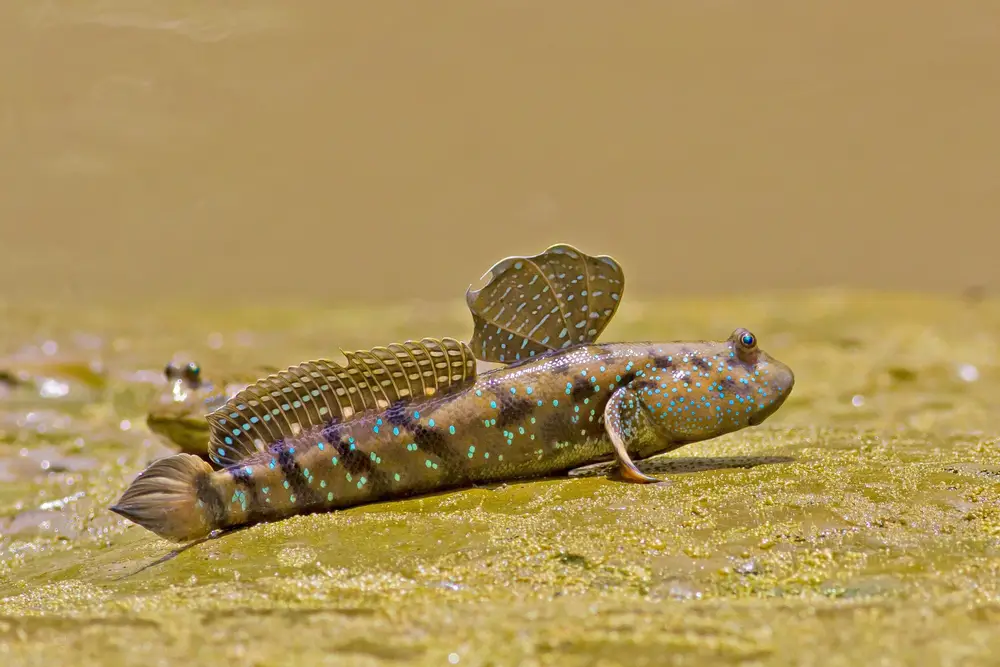
Mudskippers aren’t your typical fish; they’re amphibious adventurers thriving in the transitional zones between land and sea. These remarkable creatures have adapted to survive both in water and on land, making them well-suited to the fluctuating conditions of dead zones. Their ability to breathe through their skin and the lining of their mouth allows them to venture onto mudflats in search of food.
Mudskippers are known for their playful antics, hopping and “skipping” across wet surfaces in search of food and mates. This behavior not only aids in their survival but also plays a role in the ecological health of their habitat. By aerating the mud and consuming detritus, they contribute to nutrient cycling in these environments. In the face of adversity, mudskippers embody resilience and adaptability, thriving where others merely survive.
10. Deep-Sea Crabs
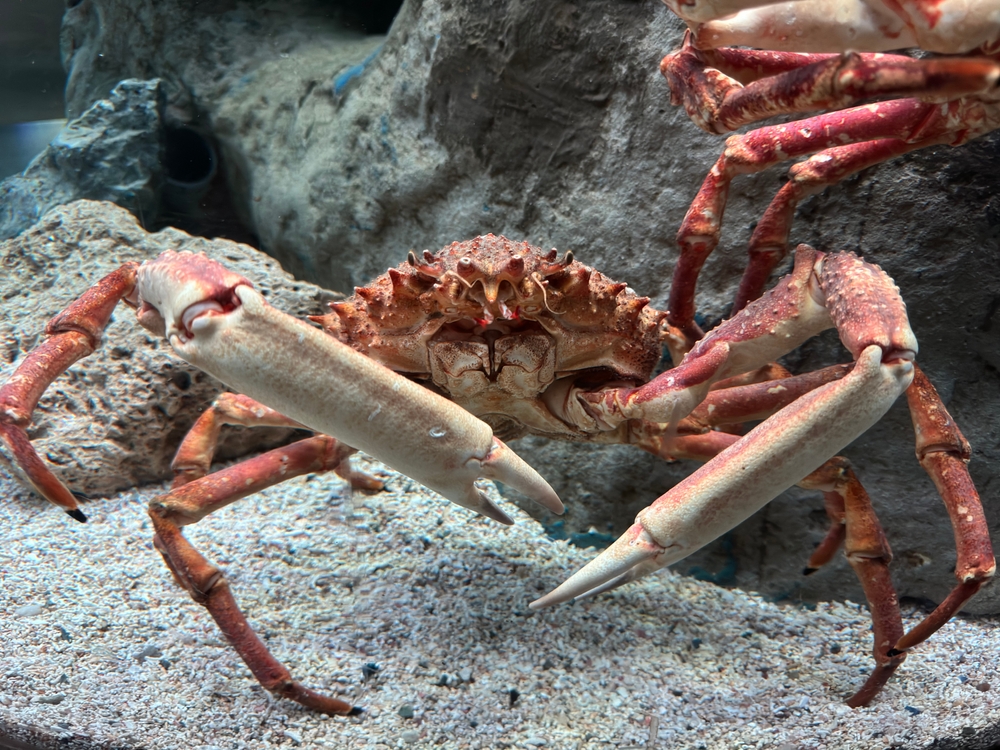
Deep-sea crabs are the stalwart foragers of the ocean, thriving in environments others might find inhospitable. These crabs have adapted to low-oxygen zones with efficient gill structures that maximize oxygen uptake. Their scavenging lifestyle allows them to capitalize on the sparse resources available in these regions, feeding on carrion, detritus, and smaller organisms.
Their ability to withstand high pressures and low temperatures makes them well-suited to life in the deep ocean. Deep-sea crabs play an essential role in nutrient cycling, breaking down organic matter and supporting the broader marine ecosystem. By consuming dead material, they help maintain the balance of life on the ocean floor. In the relentless quest for survival, these crabs have honed their skills to perfection.
11. Sea Anemones
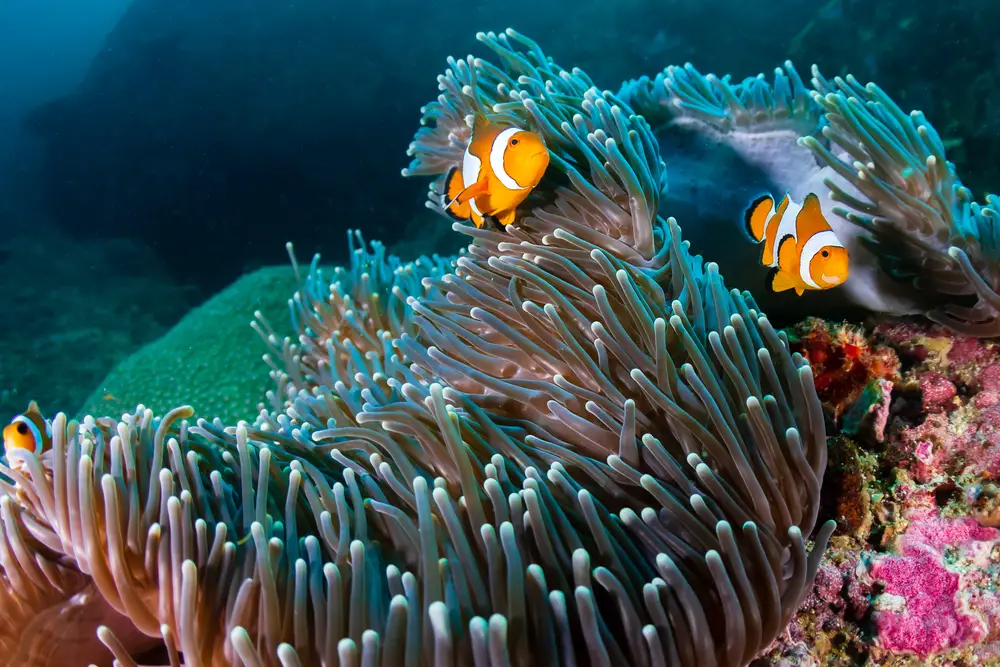
Sea anemones might appear delicate, but they are hardy survivors in the ocean’s dead zones. Their symbiotic relationship with photosynthetic algae allows them to thrive in environments with limited resources. This partnership enables sea anemones to capture light energy and convert it into nutrients, sustaining them even in low-oxygen areas.
Sea anemones also possess the ability to feed on small fish and plankton, which they capture with their stinging tentacles. This dual feeding strategy provides an added layer of resilience, ensuring their survival in fluctuating conditions. As stationary predators, they form crucial habitats for other marine organisms, adding complexity to the ecosystem. In the dynamic dance of ocean life, sea anemones stand as pillars of adaptability and strength.
12. Fungi
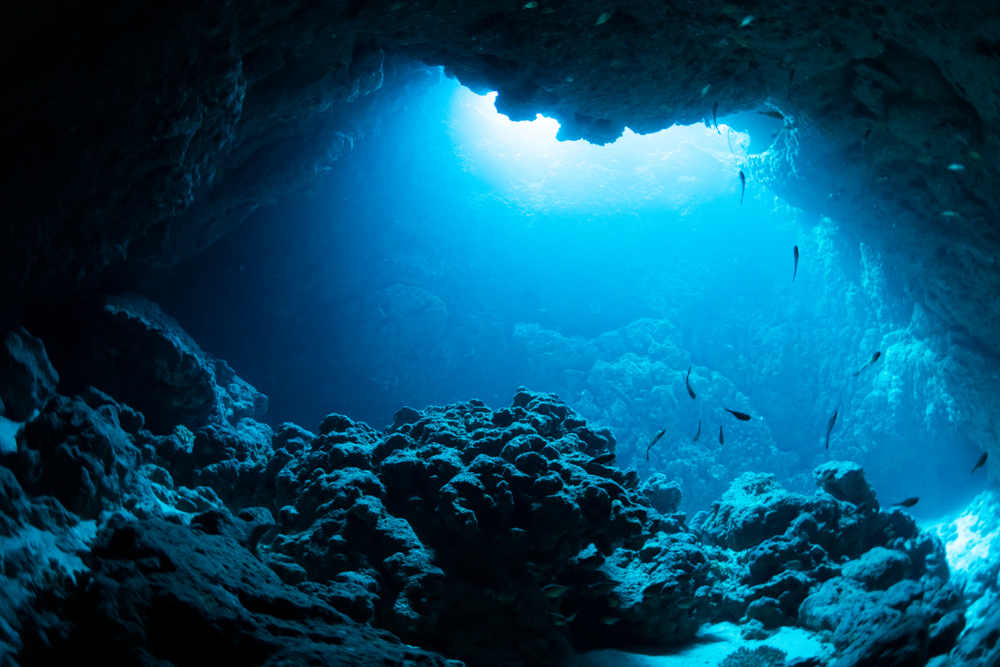
While often overlooked, marine fungi are silent survivors in ocean dead zones. These microorganisms play an essential role in decomposing organic matter, breaking down complex compounds that other species cannot. By doing so, they contribute to nutrient cycling, ensuring the continued vitality of the ecosystem.
Fungi possess versatile metabolic pathways that allow them to adapt to hypoxic conditions, making them crucial players in these challenging environments. Their decomposing activities support a wide array of marine life, forming the base of the food web. In the ocean’s most inhospitable regions, fungi demonstrate the power of adaptability and resilience, transforming even the harshest conditions into sustainable ecosystems.
